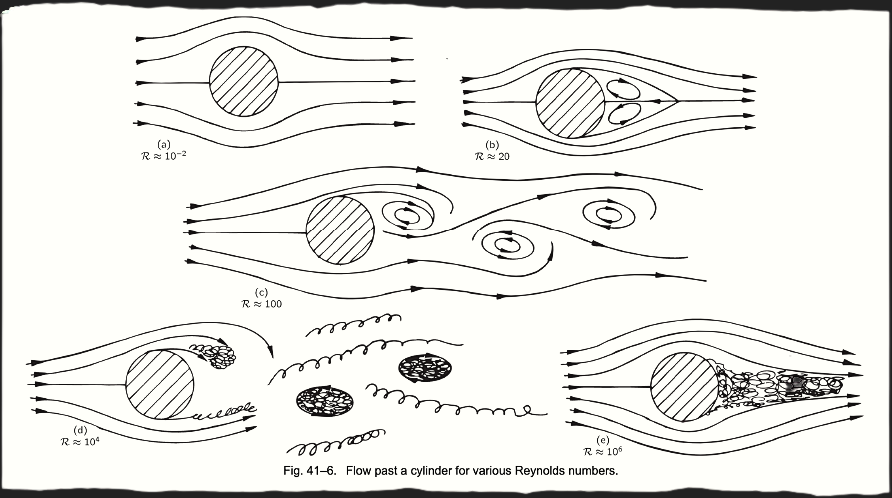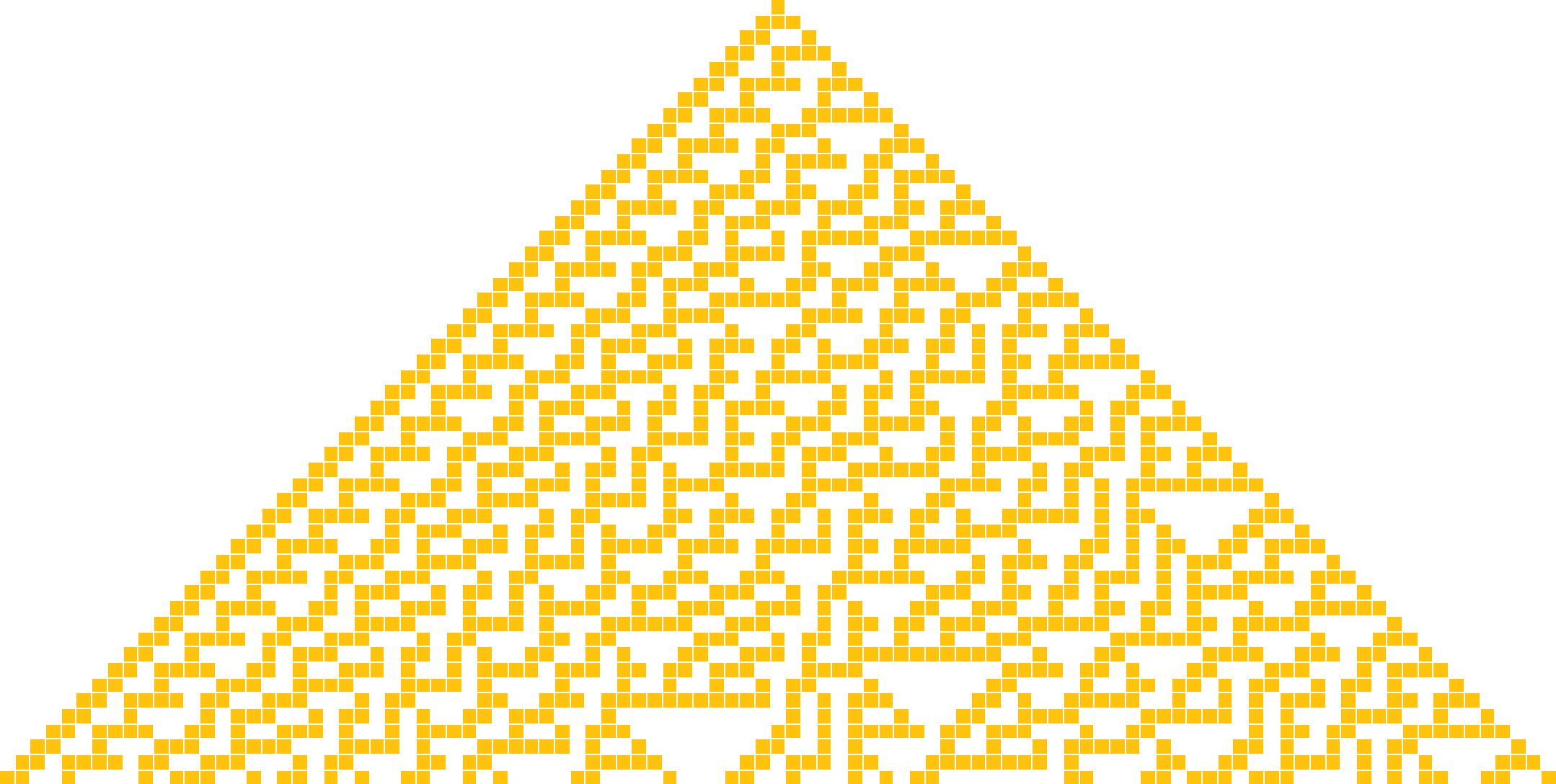Institute Output

What’s Special about Life? Bulk Orchestration and the Rulial Ensemble in Biology and Beyond
Stephen Wolfram
It’s a key feature of living systems, perhaps even in some ways the key feature: that even right down to a molecular scale, things are orchestrated. Molecules (or at least large ones) don’t just move around randomly, like in a liquid or a gel. Instead, what molecular biology has discovered is that there are endless active mechanisms that in effect orchestrate what even individual molecules in living systems do. But what is the result of all that orchestration? And could there perhaps be a general characterization of what happens in systems that exhibit such “bulk orchestration”?

Towards a Theory for the Speed of Biological Evolution
Willem Nielsen
An exploration of whether general principles govern the speed of evolution. Modified cellular automata models inspired by Stephen Wolfram are used to examine how genome dimensionality and the number of viable solutions influence rapid evolutionary bursts resembling punctuated equilibrium.

What Can We Learn about Engineering and Innovation from Half a Century of the Game of Life Cellular Automaton?
Stephen Wolfram
Things are invented. Things are discovered. And somehow there’s an arc of progress that’s formed. But are there what amount to “laws of innovation” that govern that arc of progress?
There are some exponential and other laws that purport to at least measure overall quantitative aspects of progress (number of transistors on a chip; number of papers published in a year; etc.). But what about all the disparate innovations that make up the arc of progress? Do we have a systematic way to study those?

Nature's Compass: A visual exploration of hierarchy in biology and beyond
Willem Nielsen
A discussion of the computational essence of hierarchy in biology and its potential implications for everyday life.

Towards a Computational Formalization for Foundations of Medicine
Stephen Wolfram
As it’s practiced today, medicine is almost always about particulars: “this has gone wrong; this is how to fix it”. But might it also be possible to talk about medicine in a more general, more abstract way—and perhaps to create a framework in which one can study its essential features without engaging with all of its details?

Foundations of Biological Evolution: More Results & More Surprises
Stephen Wolfram
A few months ago I introduced an extremely simple “adaptive cellular automaton” model that seems to do remarkably well at capturing the essence of what’s happening in biological evolution. But over the past few months I’ve come to realize that the model is actually even richer and deeper than I’d imagined. And here I’m going to describe some of what I’ve now figured out about the model—and about the often-surprising things it implies for the foundations of biological evolution.

Ruliology of the “Forgotten” Code 10
Stephen Wolfram
For several years I’d been studying the question of “where complexity comes from”, for example in nature. I’d realized there was something very computational about it (and that had even led me to the concept of computational irreducibility—a term I coined just a few days before June 1, 1984). But somehow I had imagined that “true complexity” must come from something already complex or at least random. Yet here in this picture, plain as anything, complexity was just being “created”, basically from nothing. And all it took was following a very simple rule, starting from a single black cell.

Computational Foundations for the Second Law of Thermodynamics
Stephen Wolfram
Entropy increases. Mechanical work irreversibly turns into heat. The Second Law of thermodynamics is considered one of the great general principles of physical science. But 150 years after it was first introduced, there’s still something deeply mysterious about the Second Law. It almost seems like it’s going to be “provably true”. But one never quite gets there; it always seems to need something extra. Sometimes textbooks will gloss over everything; sometimes they’ll give some kind of “common-sense-but-outside-of-physics argument”. But the mystery of the Second Law has never gone away.

A 50-Year Quest: My Personal Journey with the Second Law of Thermodynamics
Stephen Wolfram
The wonder and magic of the Second Law is still there. But now I’m able to see it in a much broader context, and to realize that it’s not just a law about thermodynamics and heat, but instead a window into a very general computational phenomenon.

How Did We Get Here? The Tangled History of the Second Law of Thermodynamics
Stephen Wolfram
As I’ve explained elsewhere, I think I now finally understand the Second Law of thermodynamics. But it’s a new understanding, and to get to it I’ve had to overcome a certain amount of conventional wisdom about the Second Law that I at least have long taken for granted. And to check myself I’ve been keen to know just where this conventional wisdom came from, how it’s been validated, and what might have made it go astray.

Charting a Course for “Complexity”: Metamodeling, Ruliology and More
Stephen Wolfram
For me the story began nearly 50 years ago—with what I saw as a great and fundamental mystery of science. We see all sorts of complexity in nature and elsewhere. But where does it come from? How is it made? There are so many examples. Snowflakes. Galaxies. Lifeforms. Turbulence. Do they all work differently? Or is there some common underlying cause? Some essential “phenomenon of complexity”?
